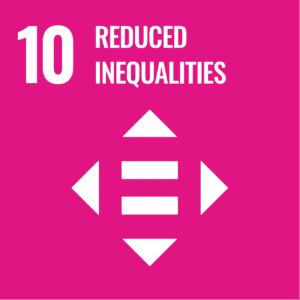VOL 1 No 2, 2024 Research Article
Kalyani Hazri
Assistant Professor, Department of English. School of Humanities & Languages, Mahatma Gandhi Central University, Bihar, India.
DOI: https://doi.org/10.21659/jsae/v1n2/v1n210
[Article History: Received: 21 Mar 2024. Revised: 24 Jun 2024. Accepted: 04 Jul 2024. Published: 04 Dec 2024]
Abstract
Sufism is an Islamic mystic tradition that dates back to the 7th century Asia while Romanticism is a mid-eighteenth-century phenomenon that flourished in Europe. Nonetheless, there are remarkable similarities that can be traced in the poetic outputs and aesthetic aspirations of both movements. Sufi mystic poetry is more abstract, while Romantics utilized concrete imagery in their poems. Nonetheless, both of these movements celebrated God/universality as the highest ideal. In both schools, the key to reaching the universal lies within the individual. Writers and philosophers of both these schools give importance to the natural world and the essential nature of things. Nature is the primary focus in both schools. The word Sufi has come from Arabic Suf which has connotations to pure wool or purity of heart. It reflects the nearness to the world of nature as well as to the innocence of the heart. Romantics, similarly, eulogized nature. They also celebrated the purity and innocence of the heart. “Child is a father of man”, writes Wordsworth. A child is also a symbol of innocence and purity and harmony with nature: things that Romantics aspired for. The paper endeavors to comparatively study the select renowned Romantic poets and Sufi poets to come up with new insights and to reach a better understanding of both schools.
Keywords: Sufism, Romanticism, Universality, Individualism, Aesthetics.



